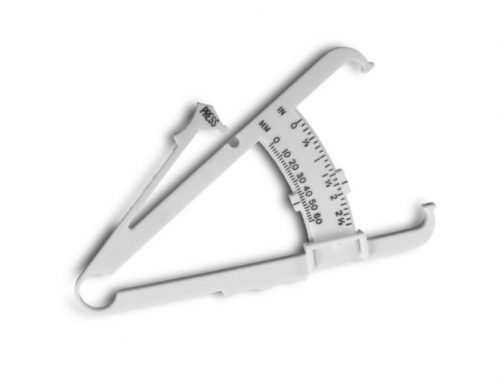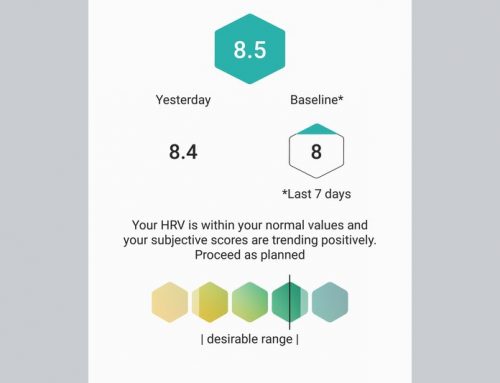HIIT and Tabata workouts are a great way to quickly improve your cycling performance by riding full gas for short periods followed by even shorter recovery periods. HIIT and Tabata are variations of the same theme.
HIIT is the latest training phenomenon that’s been around forever. I remember running between lampposts in the 1970’s. 2 or 3 lamp-posts flat out, then 1 at a jog until exhausted. Back then we called it “running between lamp-posts” or in Cycling parlance “Sprint for the Signs”. Now we would call it HIIT or Tabata.
The Benefits of HIIT Workouts are:
- Improves anaerobic “Sprint” performance
- Burns Fat by raising your metabolism
- Makes you stronger
- Reduces training time required
The Wikipedia definition of HIIT (High Intensity Interval Training) is that it’s a form of interval training, a cardiovascular exercise strategy alternating short periods of intense anaerobic exercise with less intense recovery periods, until too exhausted to continue.
HIIT can be a very effective way to burn fat as it raises your metabolic rate during the recovery period through a process called excess post-exercise oxygen consumption, or EPOC.
Following a HIIT exercise session, oxygen consumption (and therefore calorie burning) stays high for some time as the muscle cells recover to pre-exercise levels. This also happens in low level endurance exercise but to a much lesser degree.
HIIT is also extremely time efficient and so it fits in well with modern lifestyles, although I prefer to mix HIIT sessions with longer endurance rides to get the best of both worlds.
Tabata vs. HIIT: What’s the Difference?
Tabata is a style of HIIT that was invented in the mid nineties by Dr. Izumi Tabata at the National Institute for Health and Nutrition in Japan.
Tabata a little different from other HIIT workouts because it comprises the same exercise type for four minutes whereas other HIIT routines allow for a mix of time or reps, and can include a variety of different activities. Tabatas are perfect for Cyclists because going flat out is pretty much all you can do.
A Tabata is a set of eight repetitions each of 20 seconds at full power followed by a 10 second rest. The first two reps should be at 80-90% power so you still have something left for the 7th and 8th rep. by the end of the Tabata you should bonk.
Tabatas are a great way to increase your pedaling cadence if you want to. I’m a naturally slow peddler and use my high intensity sessions to practice riding at a higher, more efficient cadence.

Tabata Alley, Nueva Andalucia, Marbella
HIIT is an alternative approach to Tabata
An adaption of Tabata lets you tailor your workout to be part of a smart base-building strategy.
Noting that in general lower-intensity exercise increases the number of mitochondria and that high-intensity training makes mitochondria more powerful.
You could try mixing the traditional Tabata sets with longer intervals at very high effort for between one to four minutes allowing one to two minutes of recovery between reps and Performing three to six of these reps in a set.
HIIT and Tabata only works if you allow time to recover
High intensity interval training is intense enough that it should not be done more than 3 times a week - every other day as an absolute maximum.
In Summary HIIT and Tabata can be easily incorporated in your exercise regime and will give substantial and proven performance benefits.






Leave A Comment
You must be logged in to post a comment.